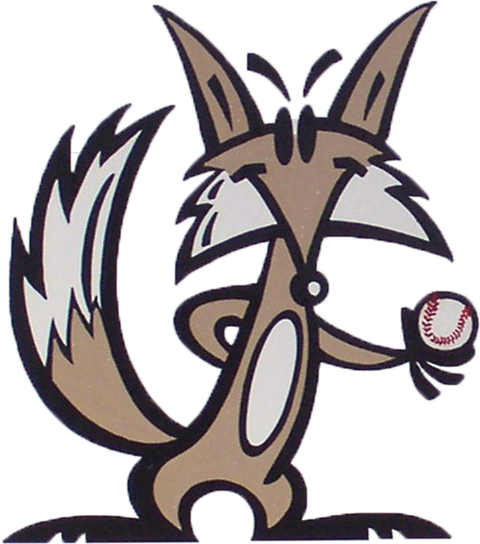Yea Catchers!
By Coach Fox

Hard work and hard play are the trademarks of the catcher. “Owning Home Plate” is an attitude a catcher must embrace, much like owning your first bike. The sooner the catcher absorbs the attitudes of catching, the sooner they become a Diamond Master catcher. Acquiring catching skills is not so much a ball field practice event, as it is a “Life” event. The skills and philosophies that it takes to direct a Win from behind the plate, never leave the catching character.
As a coach, evaluate and determine who has a thick enough skin to be your catcher, as a catcher with great physical catching skills is not going to be a good catcher if they have thin skin. You want a “competitor”, someone who despises, is embarrassed by losing.
If you have a dominant catcher from the beginning, find the second catcher and have them work together. Have both catchers participate at the plate taking infield. Both catchers should participate in warming-up the game-day pitcher. If the first catcher is late to the plate for the defensive half of the inning, do not have a coach warm-up the pitcher, have the second catcher warm-up the pitcher, no matter his D position.
Train all catchers into a frame of mind to work with the umpires. No one is closer to the umpire than the catcher, and therefore has a chance to make an impression for his team. Help the ump with pitch calling by leaving the pitch where it is caught, so the ump can get a good look, not attempting to drag a ball off the corner, onto the corner for some kind of fake, slight-of-hand catcher-sly trickery.
If your catcher has a tendency to throw high, into centerfield, when throwing to second base, it is because they are raising their body as they are in the throwing motion, thus the ball sails to the center fielder. Teach your catcher two catching positions: First, is comfortably crouched behind the plate when no runners are on base, catch-away. Second, with runners on, the catcher’s front foot moves forward about 18 inches and the back foot is parallel with the pitching rubber, the butt rises so the thighs are parallel with the ground. Thus, the body is in a position to throw quickly with no steps and no rising body through the throwing motion to second base. The catch and throw to a base are one extended, coordinated movement; quick, with a throw over the shoulder, not three-quarter or side arm. This throw will not sail and even if thrown low, the receiving infielder can still make a play at the base.
With a foul pop-up, train your catcher to throw the mask away, so it will not be under-foot, and get to the back screen first, and then come back toward the playing field to make a catch. Your catcher needs to know where the screen is in relation to the pop-up. *With a runner on third and a passed ball, teach your catcher to visualize where the plate is as they go after the ball and then “hike” the ball to the covering pitcher for those passed balls hung-up on the back-stop. Hike it low, even if it touches the ground on the way to the pitcher. (The first baseman would be charging to back up the pitcher.) The catcher will learn to make this play, and save some runs, maybe save some games.
On pitches inside or outside, in the dirt (with runners on), teach your catchers to slide into the ball on their shin-guards, thus blocking the pitch at a point where it can be handled. Your catcher must learn to love to “dig”.
On a bunt, your catcher must first instantly know where the base runners are. As a general rule the pitcher will be charging the bunted ball. Practice the 6 or 8 foot bunt range with your catchers and pitchers with no runner on 3rd base. With a runner on 3rd base, the catcher stays home and the pitcher makes the play. With runners elsewhere (besides 3rd), or no runners at all, a bunt inside the 6 (or 8) foot range is the catchers, a bunt outside that range is the pitchers.
It is also the catcher’s job to “frame the strike zone” for the pitcher with their glove and body. It is not just the pitcher’s job to throw strikes; the catcher is also in that rickshaw.
Catchers Rock! Catchers win prizes, and then grow!














